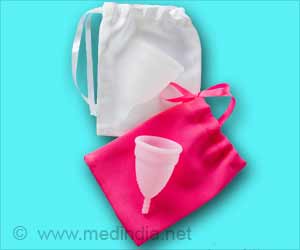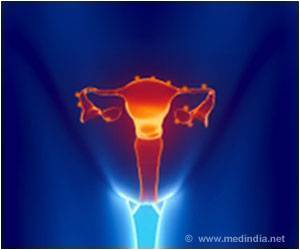Preeclampsia is a dangerous disease that occurs during pregnancy and may affect both the fetus and the mother-to-be

Background
Research has found that, compared with that of healthy pregnant women, the breath of women who are diagnosed with PE contains significantly lower levels of carbon monoxide (CO), one of the combustible elements in cigarettes and which is not present in smokeless tobacco. Although toxic at high levels, low levels of CO are produced naturally by the body and have positive effects.
This study, the first to look at the effects of CO on the placenta in mice, found that exposing the animals to inhalable CO increased blood flow and vascular growth in the developing placenta, created more, bigger, and stronger connections to the mother's uterus, a process that provides more oxygen and nutrients to the fetus. And, since PE is a multifaceted disorder that begins with abnormal placental development before progressing to maternal disease, the results also suggest the possibility of preventing or treating early PE in humans with controlled CO dosages.
Methodology
Beginning on gestation day, pregnant female mice were placed in a sealed chamber with as much food and water as they wanted and exposed to CO, either chronically or acutely twice during gestation, at levels that allowed mouse CO blood levels to reach levels comparable to a one-pack-per-day female smoker. Maternal weight, live fetuses, fetal resorptions, and implantation sites were compared to control mice. Doppler analysis was performed on day 5 (baseline), 10 (when placental structure has formed and blood begins to cross the placenta to the fetus), and 14 (when blood velocity is well-established and fetal vasculature begins). Mice were then anesthetized and a cast was made of the entire uterus and blood vessels, then mounted and three-dimensionally imaged by micro-CT.
Advertisement
Exposure to CO either continuously or in specific doses did not affect maternal weight (used as a measure of health) or litter size. Compared to controls, CO exposure did lead to increased vessel diameter, a significant increase in the number of radial artery branches, and significantly higher maternal blood flow.
Advertisement
Study Team
In addition to Dr. Smith, the study team consisted of Carolina Venditti, Casselman and Malia SQ Murphy, also of Queen's University; S. Lee Adamson of Mount Sinai Hospital, Toronto, and the University of Toronto; and John G. Sled of the Hospital for Sick Children's Mouse Imaging Centre and the University of Toronto.
Source-Eurekalert









